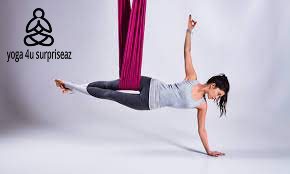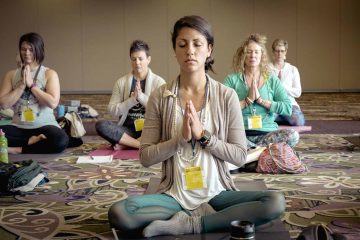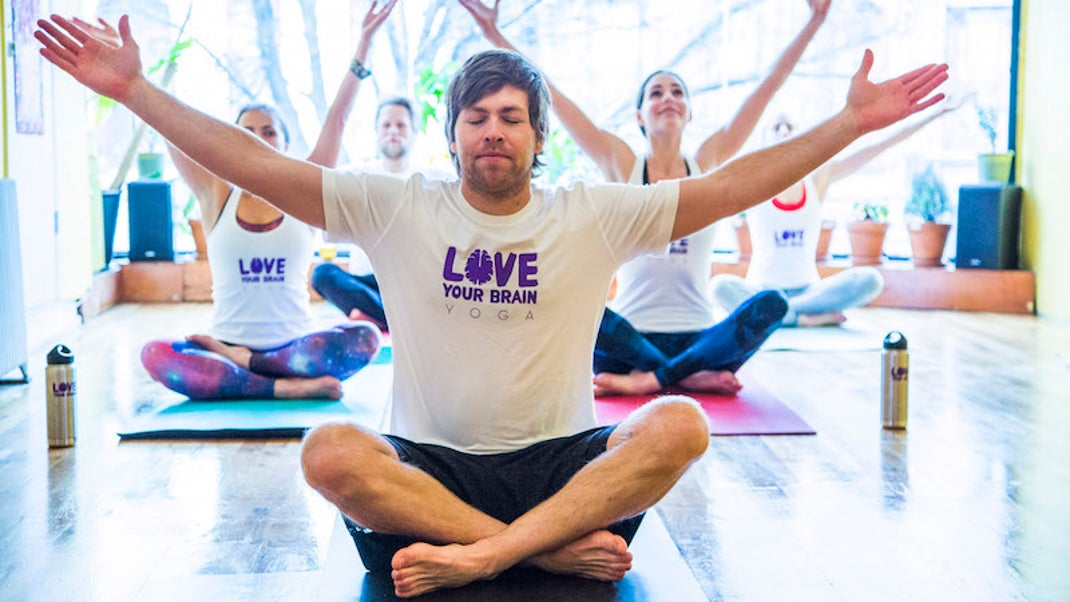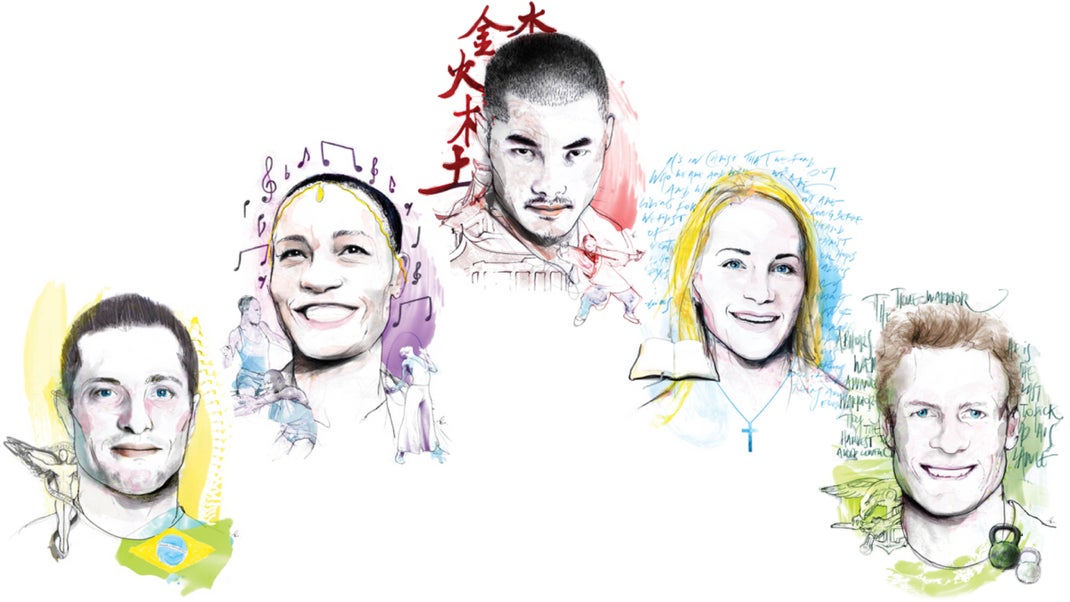We all know that gravity affects our yoga practice, but did you know it affects your yoga practice more than you? Gravity is what causes us to feel heavier and heavier the deeper we go into a headstand.
Gravity also changes how difficult or easy it is to maintain a balance in various poses. In this blog post, we will discuss how gravity can affect how you practice yoga and offer tips for dealing with common challenges!
When my children were very young and seated in a highchair, they would deliberately drop pieces of food—one by one over the edge of the tray, each time delightedly watching them fall to the floor.
By the time my third child reached this stage, I had changed my perspective. Instead of being annoyed, I told myself that she was “experimenting with gravity.” That always made me smile.
When you practice asana, you are constantly experimenting or dancing with the force of gravity and its effects on a pose.
If you understand how to practice and teach, you must be aware of how gravity “chooses” which muscles are working and which are not in each asana and why this is so.
This understanding is what I call movement literacy, and it is the guiding principle of my online and in-person course on experiential anatomy.
Movement literacy is based on the understanding that the body is an orchestra and movements are the music it creates.
When you can see, feel, and understand the specifics of the body’s movements, not only do you become a better practitioner, but you now have the tools to help your students practice more safely and even potentially to help them eliminate pain when they struggle in an asana.
Here is an example: Both Supta Padangusthasana (Reclining Hand-to-Big-Toe Pose) and Uttanasana (Standing Forward Bend) are forward bent.
Both poses are practiced by flexing the hip joints. But there is a big difference in which muscles are creating each asana. In Supta Padangusthasana, you begin by lying supine on your mat.
You exhale as you flex your hip joint to practice the pose, bringing your thigh toward your trunk. Your leg comes straight up, moving against the force of gravity the whole way.
Finally, catch your big toe or hold on to your outer ankle or lower leg, depending on your flexibility.
The action of raising your leg is created in this position by the hip flexor muscles found on the front of the body. These are the iliopsoas, the rectus femoris portion of the quadriceps, the sartorius, and the pectineus.
When my children were very young and seated in a highchair, they would deliberately drop pieces of food—one by one over the edge of the tray, each time delightedly watching them fall to the floor.
By the time my third child reached this stage, I had changed my perspective. Instead of being annoyed, I told myself that she was “experimenting with gravity.” That always made me smile.
When you practice asana, you are constantly experimenting or dancing with the force of gravity and its effects on a pose.
If you understand how to practice and teach, you must be aware of how gravity “chooses” which muscles are working and which are not in each asana and why this is so.
This understanding is what I call movement literacy, and it is the guiding principle of my online and in-person course on experiential anatomy.
Movement literacy is based on the understanding that the body is an orchestra and movements are the music it creates.
When you can see, feel, and understand the specifics of the body’s movements, not only do you become a better practitioner, but you now have the tools to help your students practice more safely and even potentially to help them eliminate pain when they struggle in an asana.
Here is an example: Both Supta Padangusthasana (Reclining Hand-to-Big-Toe Pose) and Uttanasana (Standing Forward Bend) are forward bent.
Both poses are practiced by flexing the hip joints. But there is a big difference in which muscles are creating each asana. In Supta Padangusthasana, you begin by lying supine on your mat.
You exhale as you flex your hip joint to practice the pose, bringing your thigh toward your trunk. Your leg comes straight up, moving against the force of gravity the whole way.
Finally, catch your big toe or hold on to your outer ankle or lower leg, depending on your flexibility.
The action of raising your leg is created in this position by the hip flexor muscles found on the front of the body. These are the iliopsoas, the rectus femoris portion of the quadriceps, the sartorius, and the pectineus.
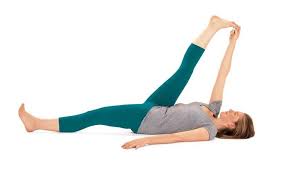
Against Gravity
Begin by lying supine on your mat. Exhale as you lift one straight leg, moving into hip flexion. Catch the big toe with your fingers, or hold your outer ankle or lower leg if your hamstrings are tight.
This action, moving against the force of gravity, is created by the hip flexors undergoing a shortening contraction against gravity.
But just because you are moving into hip flexion doesn’t necessarily mean that you are creating the movement by using your hip flexors.
When you are standing up, for example, and bending forward to practice Uttanasana, the muscles in the buttocks and back thigh control the creation of hip flexion, not the hip flexors.
Thus, the muscles creating hip flexion in Uttanasana are muscles on the back of the body: the hip extensors.
With Gravity
From standing, with your feet hip-distance apart, hinge forward from your hip joints, keeping along the spine. Notice how muscles on the back body, especially the hamstrings in the back of your thighs, are controlling the creation of hip flexion, not the hip flexors. The hamstrings are working with the force of gravity to let you down gradually.
See also Anatomy 101: Balance Mobility + Stability in Your Hip Joints
The hip extensors are the gluteus maximus and all of the hamstring muscles, except the short head of the biceps femoris. Plus, a small percentage of the movement is created by the posterior fibers of the gluteus medius.
Hip extension is the movement of the femur backward when standing, like when you prepare to kick a ball. Or, in asana practice, an extension of the hip joint occurs when you lift one leg in the Adho Mukha Svanasana (Downward-Facing Dog Pose) variation, often called Three-Legged Dog, or when you move into Urdhva Dhanurasana (Upward Bow Pose).
All of these movements are shortening contractions of the hip extensors. But the hip extensors are also active when moving into Uttanasana, which paradoxically is hip flexion.
When bending forward in the pose, you are now moving with gravity. When you begin the pose by tipping the trunk slightly forward, gravity immediately begins to pull more and more of your body down toward the earth.
The hip extensors are now undergoing a lengthening contraction. They are slowly letting you down like you would let someone down with a rope over the edge of a cliff.
The hip extensors act like a brake on the body to control the gradual descent into hip flexion. This is more metabolically efficient; you need less energy to move with gravity than against it.
In other words, by using the hip extensors, the body uses less energy to create hip flexion. Without the lengthening contraction of the extensors, you would crash down onto your legs or the floor because the force of gravity is pulling you down.
Just the opposite occurs in the hip extensors with Salamba Sirsasana (Supported Headstand). Think about coming into Sirsasana with both legs straight.
You prepare for the pose in hip flexion, with your arms and head in the Headstand position and your weight on the balls of your feet.
You slowly move into the pose by creating hip extension against gravity as you lift both legs, stacking your feet over your hips. You are moving into hip extension against gravity, and therefore the hip extensors are creating the movement.
When you come out of Sirsasana, you move into hip flexion, but the hip extensors still control the movement. They are undergoing a lengthening contraction to slow the descent against the force of gravity and to protect you from injury.
Whether you are practicing or teaching yoga, it can be difficult to keep all muscles at the forefront of your mind.
But if we begin to think first of the effect that gravity might be having on the body in a pose, it is easier to quickly figure out which muscles might need to be stronger and which might need to be stretched.
In Sirsasana, for example, it might not cross your mind that the hamstrings need to be both stretched and strong to come up with two straight legs.
In Uttanasana, it might not seem like the hamstrings are doing most of the work of creating the pose, both as you descend and ascend.
But the hip flexors in Uttanasana are not creating hip flexion, even though you end up in hip flexion. Because we swim in a sea of gravity, it is indeed the hamstrings that are mostly controlling both the ascent and descent.
Begin to notice in your practice which muscles are activated as you practice. Start slowly with the poses offered here, and then observe your muscle action in other poses.
Not only will this be an effective way to study muscle actions, but it will help you appreciate even more how wondrously subtle and intelligent all of our movements are.
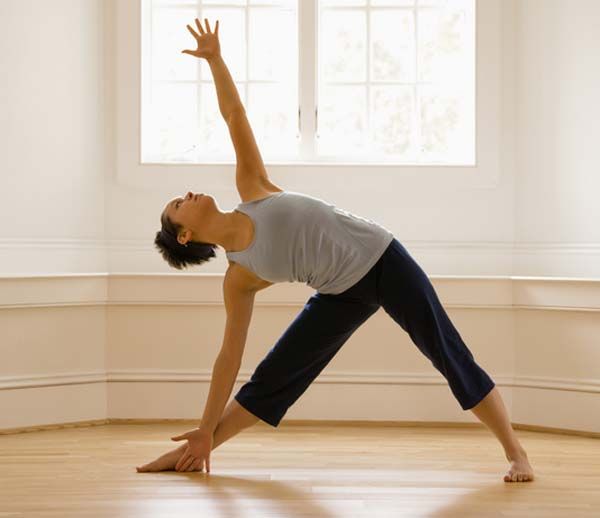
Conclusion:
This article is about Gravity Affects Your Yoga Practice More Than You. Gravity affects our yoga practice more than we realize, and the muscles that allow us to do poses are affected by gravity too!
The hip extensors are a group of eight muscles in the pelvis that control your hips’ flexion (bending) and extension (straightening).
They also help with movements such as rising from sitting or lifting one leg during various poses. If you think about it for a second, any movement will be easier if done against gravity rather than uphill against gravity.
In an example like Uttanasana, where you would intend to move into hip flexion, this means that when bending forward in the pose, you are now using the hamstrings because they are not acting to create flexion.
Gravity is pulling you down, and it’s up to your hamstrings (acting in opposition) to get you into hip flexion.
